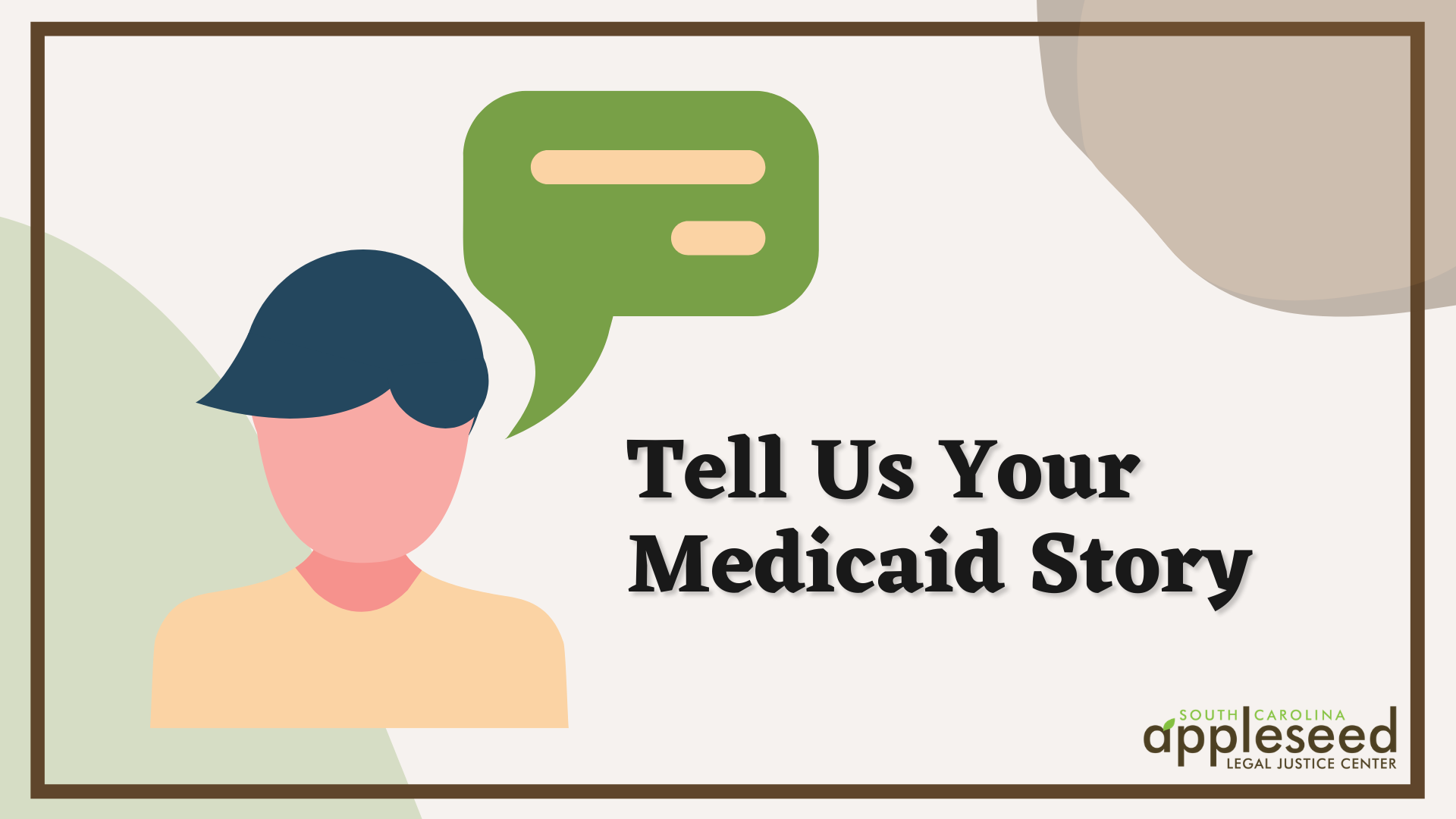Share this
| Issue #23.36 :: 09/08/2010 – 09/14/2010 | ||
S.C. One of 13 States with Lowest Enrollment in CHIP, Medicaid |
||
| BY COREY HUTCHINS | ||
| South Carolina is one of the worst states in the nation when it comes to enrolling eligible children in health insurance coverage, according to a report released last week by the Urban Institute, a research and policy nonprofit.
“Of the estimated 7.3 million uninsured children age 18 and under in this country, we find that about 4.7 million, or 65 percent, are eligible for Medicaid or CHIP [the Children’s Health Insurance Plan], but not enrolled,” said Genevieve Kenney, an author of the report, in a Sept. 3 conference call with reporters. South Carolina ranks among 11 states lagging behind the national rate of enrolling kids, according to the report. It is one of only 13 states with a participation rate under 80 percent. Currently, families of four or more with annual income levels up to about $45,000 are eligible to enroll their children in CHIP or Medicaid in nearly every state, but an estimated five million children who are eligible are still not enrolled. In South Carolina, that income level is $36,630. The U.S. Department of Health and Human Services has embarked on an ambitious enrollment goal. The plan, called the Connecting Kids to Coverage Challenge, is to enroll five million children in Medicaid and CHIP within five years. “I’m challenging everyone, from my state and federal counterparts, to local governments and community-based organizations, to health centers and school districts, to faith-based groups and Indian tribes, to take this conversation about children’s coverage to the next level — to find and enroll those five million kids,” said U.S. Department of Health and Human Services Secretary Kathleen Sebelius in a statement. One of the organizations helping with that goal locally is the South Carolina Appleseed Legal Justice Center, a Columbia-based nonprofit that advocates for the low-income community. “Sending children back to school without health coverage is particularly stressful for many families,” said Appleseed director Sue Berkowitz. “We want to help families overcome the barriers to enrolling in affordable health care coverage so they can do well in school and participate in youth sports without worrying about injuries.” Researchers have struggled for years to produce accurate estimates on the number of uninsured children in each state, according to the U.S. Department of Health and Human Services. The recent report, however, created a new model that enabled researchers to produce meaningful national and state estimates. “Nationwide, participation in Medicaid and CHIP among eligible children is about 82 percent,” says Genevieve Kenney, who authored the report. She says that number is relatively higher than what is typically found in means-tested government programs. That’s likely because of the numerous policies in the past decade improve enrollment and retention, she says. While South Carolina is currently below the national average in its percentage of eligible children enrolled, Berkowitz says there are ways to fix it. “South Carolina can catch up with other states in reaching eligible children by streamlining the application process; making it easier for families to keep their children enrolled; linking with other public programs; and expanding outreach and educational efforts,” Berkowitz said in a statement. “We can’t continue to allow the health care of South Carolina’s children to lag so far behind others.” |
||
Share this
Contact Us
Have questions? Send us a private message using the form below.


